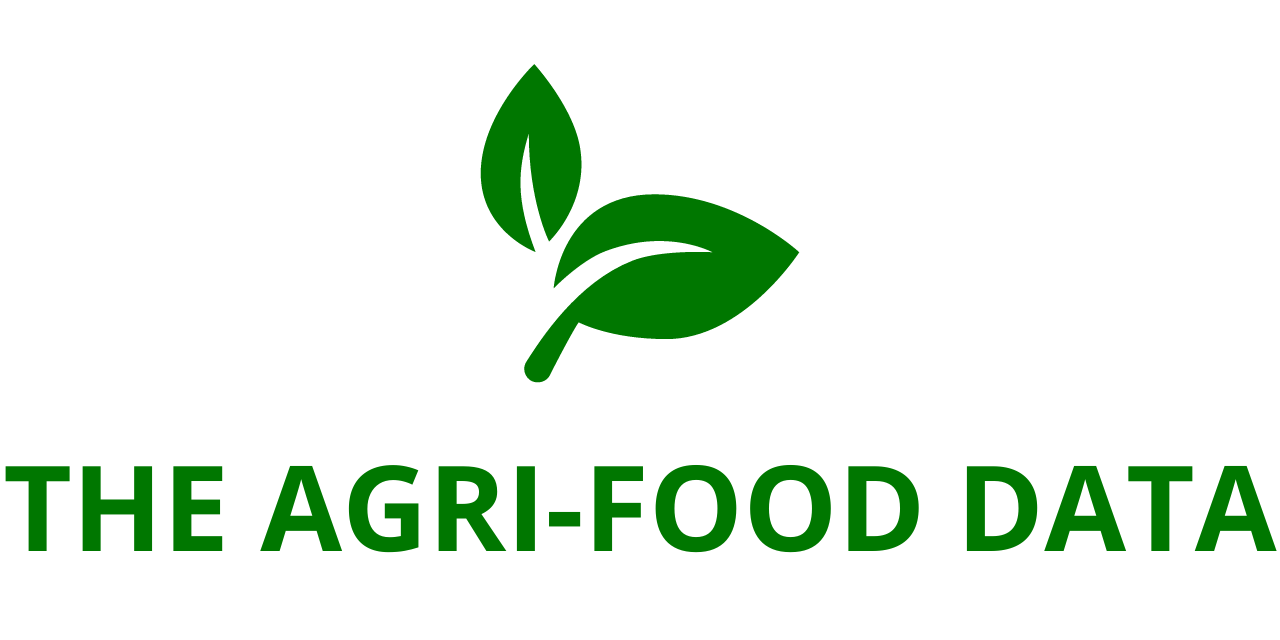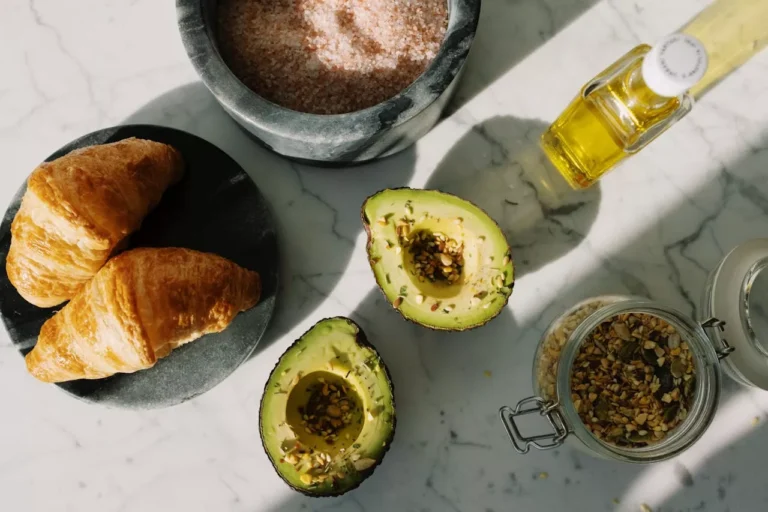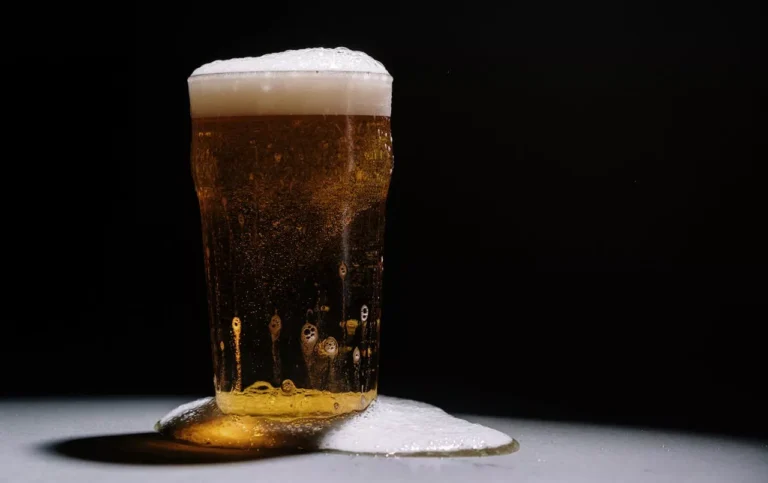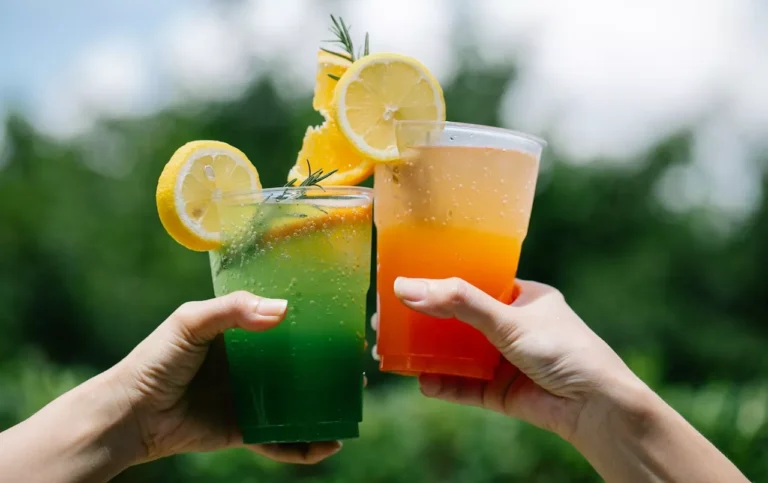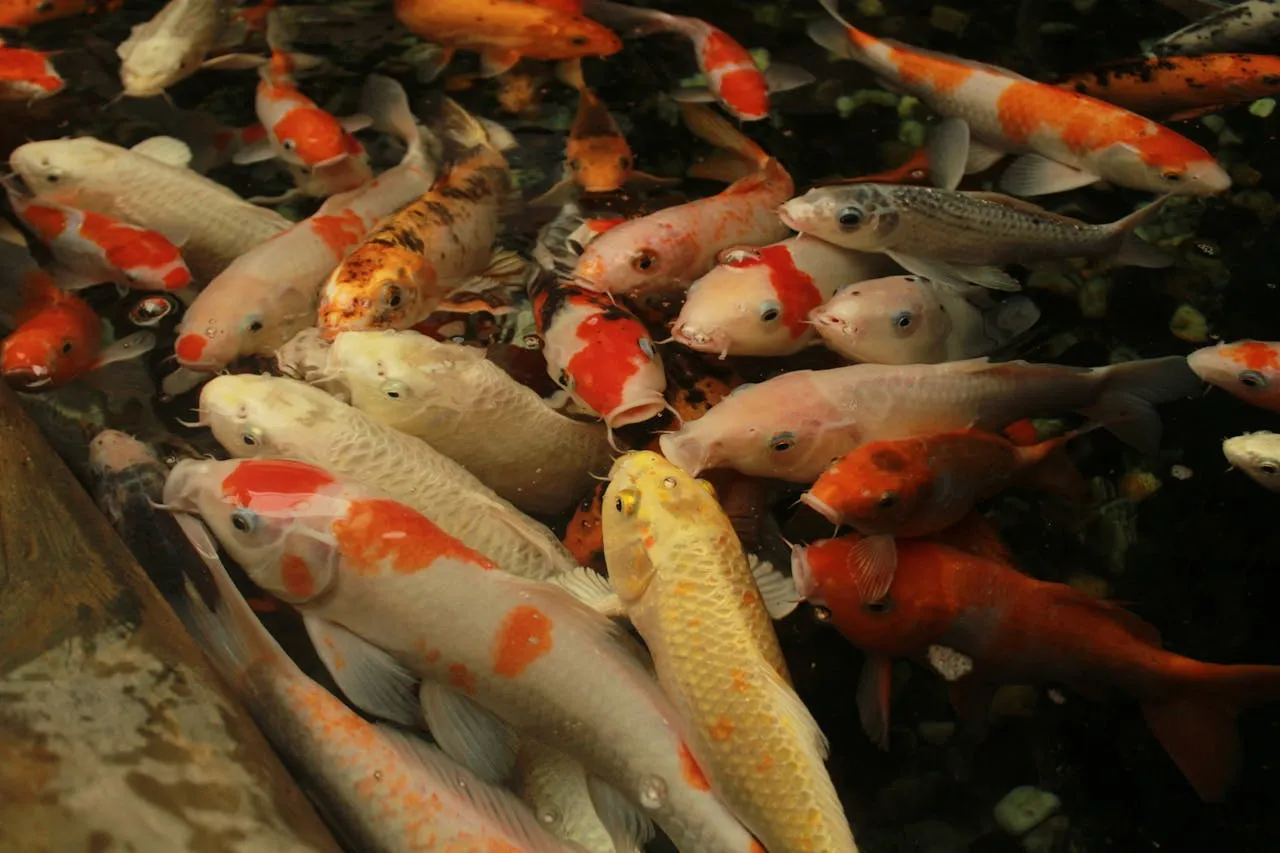
The “Saudi Arabia Aquaculture Feed Market Outlook to 2029” report, recently added to ResearchAndMarkets.com’s collection, provides a comprehensive analysis of one of the most promising sectors in the Kingdom’s agri-food economy. Valued at approximately USD 499 million, the Kingdom of Saudi Arabia’s aquaculture feed market is experiencing rapid expansion. This growth is being driven by rising demand for seafood, strategic government support, and increasing focus on premium aquafeed formulations that support the health and growth of commercially valuable aquatic species.
Rapid Growth Driven by High-Value Species
The Kingdom’s aquaculture industry is evolving swiftly, especially with a sharp focus on high-value species such as Red Sea White Leg shrimp and European sea bream. These species command strong domestic and export market prices, making them attractive to commercial producers. As the demand for such seafood rises, the consumption of specialized aquaculture feed that meets their species-specific nutritional requirements has surged.
This shift in feed consumption trends highlights a broader transformation within the Saudi aquaculture sector—from low-cost, generic feed solutions toward nutrient-dense, scientifically formulated aquafeed. The growing preference for high-quality feeds with enhanced Feed Conversion Ratios (FCRs) supports the Kingdom’s aim to reduce dependency on seafood imports and bolster food security by achieving self-sufficiency in seafood production.
Strategic Regional Development and Vision 2030 Alignment
Saudi Arabia’s aquaculture feed market has clear regional growth hubs, particularly along the Red Sea coast. Cities like Jazan, Umluj, and Al Lith have emerged as key aquaculture production zones. These areas offer logistical advantages due to their proximity to hatcheries, feed mills, cold storage units, and export ports. As a result, feed manufacturers are increasingly focusing their distribution and production networks in these zones, contributing to regional economic development and aligning with the government’s Vision 2030 objectives.
Guided by national transformation initiatives such as the National Transformation Program (NTP) and the Agricultural Development Program (ADP), Saudi Arabia is targeting a seafood production milestone of 530,000 metric tons by 2030. To support this goal, the government has introduced several key policies and funding mechanisms that directly benefit aquafeed producers.
Policy Support and Financial Incentives
A robust policy and financial ecosystem is accelerating the development of the aquaculture feed sector. The SAMAQ certification system, managed by the National Fisheries Development Program (NFDP), ensures strict adherence to quality and sustainability standards in aquaculture production, including feed quality.
Additionally, the Ministry of Environment, Water and Agriculture (MEWA), through the Agricultural Development Fund, provides financing support for aquafeed projects—covering up to 75% of capital costs. This is further complemented by the Agricultural Subsidy Program, which has allocated SAR 57 million to enhance local feed production capacities. These efforts collectively aim to lower the country’s reliance on imported feed ingredients and promote domestic feed manufacturing.
Market Segmentation Analysis
The Saudi aquaculture feed market is categorized across multiple segments to better understand usage patterns and demand drivers:
By Feed Type:
- Animal-Based Feed: Dominates the market due to its superior protein content and bioavailability. Ideal for species such as shrimp and sea bass, this segment is critical for intensive farming systems.
- Plant-Based Feed: Widely adopted in semi-intensive systems for its cost-effectiveness and availability. While slightly lower in protein density, it provides a viable option for farmers operating at smaller scales.
- Specialized Feed: Designed for specific conditions, such as high-stress environments, low oxygen levels, or fluctuating salinity. This niche segment is gaining ground due to its ability to support fish health and growth under challenging conditions.
By Protein Composition:
- High Protein Feed: The largest segment, especially favored in export-oriented and intensive aquaculture farms, where fast growth and disease resistance are top priorities.
- Medium and Low Protein Feed: Serve broader market needs but are gradually being replaced by more advanced formulations.
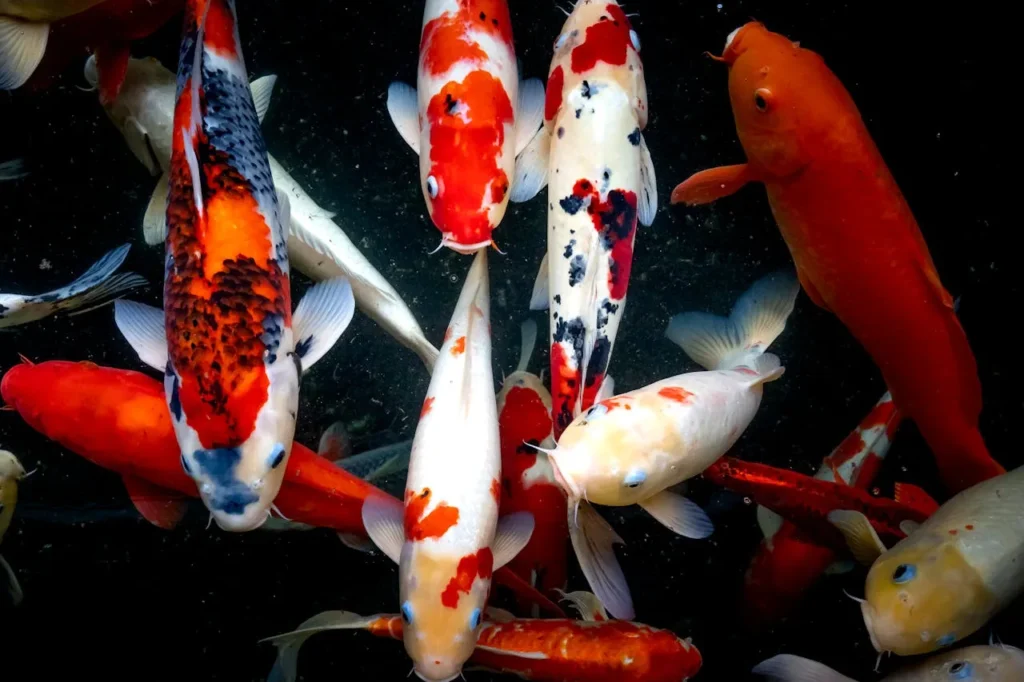
Competitive Landscape and Key Players
The Saudi aquaculture feed industry features a dynamic mix of local and international players. Leading domestic firms such as NAQUA (National Aquaculture Group) and ARASCO (Arabian Agricultural Services Company) maintain strong footholds thanks to their vertically integrated operations and localized knowledge. These companies benefit from extensive supply chains, in-house production facilities, and established relationships with regional aquaculture farms.
Global players such as Skretting, Adisseo, and Bernaqua contribute significantly to the premium segment. Their expertise in precision nutrition and feed innovation allows them to offer customized feed solutions suited to Saudi Arabia’s unique aquaculture environments. Furthermore, new entrants like Calysta are pushing the boundaries of sustainability by introducing alternative protein feeds derived from microbial biomass and methane-based sources.
Companies like Cargill are also increasing their local presence through joint ventures and partnerships aimed at expanding feed mill capacities and enhancing R&D capabilities.
Technological Integration and Feed Innovation
The evolution of smart aquaculture practices is also transforming feed management. Technologies such as IoT sensors, automated feeders, and predictive data analytics are enabling farmers to optimize feed use, reduce wastage, and improve fish health. These advancements are particularly important in a country like Saudi Arabia, where water salinity, temperature, and other environmental variables can be challenging to manage.
Feed producers are now investing in precision feed formulations that can adapt to such conditions, ensuring better productivity and environmental compliance.
Market Challenges
Despite strong growth drivers, the market faces several hurdles. One major challenge is the continued dependence on imported feed ingredients, especially fishmeal and soybean meal, which are subject to international price volatility and trade disruptions.
Additionally, evolving environmental regulations and increasing emphasis on sustainability are forcing producers to reformulate feeds to reduce nitrogen and phosphorus outputs. The variable salinity levels across different aquaculture zones in Saudi Arabia also necessitate location-specific formulations, further raising production complexities and costs.
Future Outlook and Opportunities
Over the next five years, the Saudi aquaculture feed market is expected to witness significant growth. This expansion will be driven by:
- Rising domestic seafood consumption
- Strategic export initiatives to GCC and African nations
- Infrastructure development, including new feed mills and hatcheries
- Continued government incentives and research partnerships, especially with institutions like King Abdullah University of Science and Technology (KAUST)
There is also substantial market potential for specialized feeds targeting species such as barramundi, tilapia, and hybrid groupers, which are gaining popularity among both consumers and producers.
Saudi Arabia’s commitment to building a resilient, self-sufficient aquaculture ecosystem places aquafeed at the heart of its seafood production ambitions. As the country pushes ahead with Vision 2030, the aquaculture feed industry will remain a key pillar, offering both local and global players ample opportunities for innovation, growth, and strategic collaboration.
